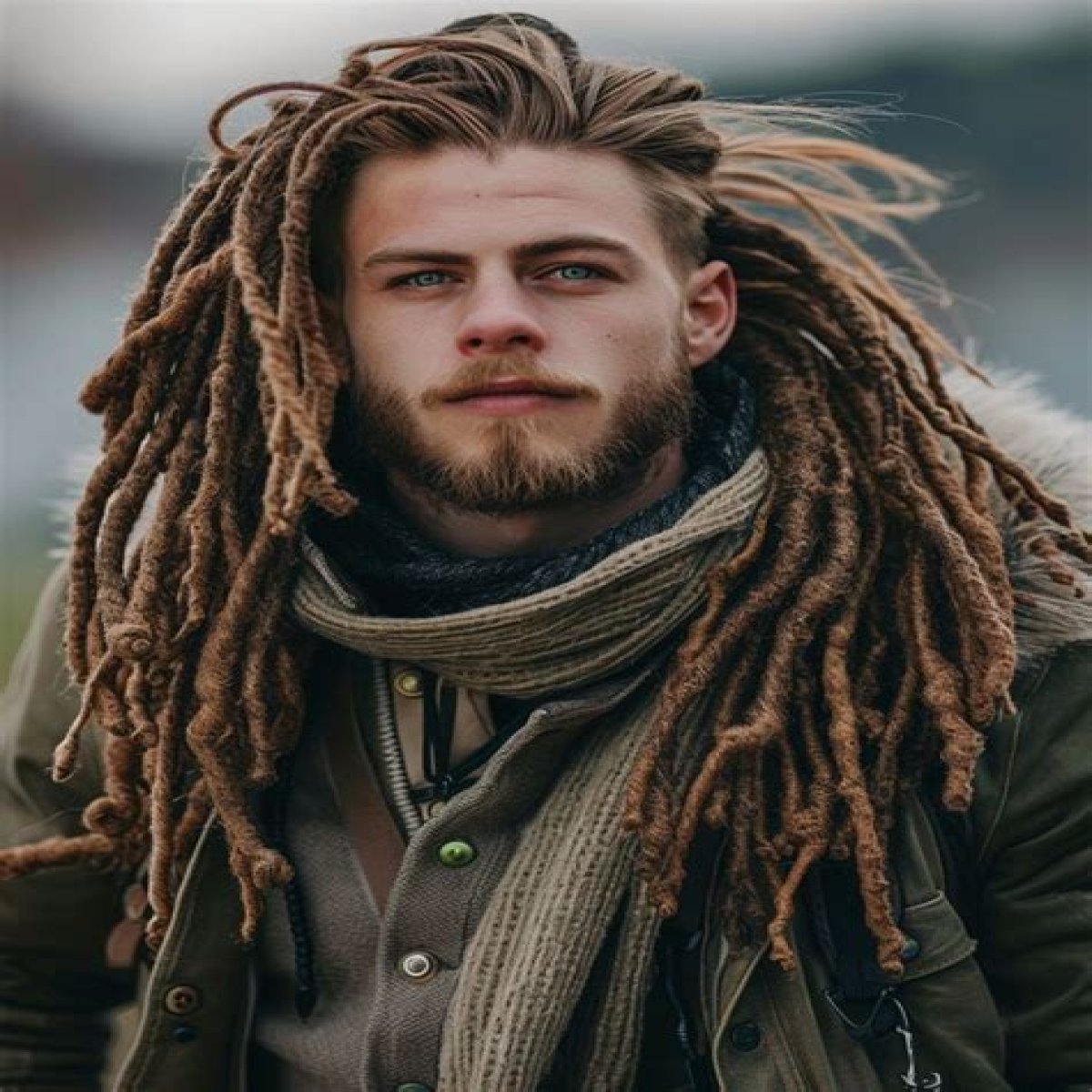Dread styles have transcended beyond mere hairstyles; they have become a profound means of self-expression and cultural identity. Originating from various cultures around the globe, these intricate hairstyles are often associated with the Rastafarian movement but have since evolved into a broader representation of individuality and creativity. As more people embrace dread styles, the significance behind them deepens, showcasing a rich tapestry of personal stories and cultural heritage.
From traditional to modern interpretations, dread styles encompass a wide range of techniques and aesthetics. Whether you are considering dreads for the first time or looking to enhance your existing ones, understanding the different styles available can help you find the perfect look that resonates with your personality. Additionally, dread styles can be customized to suit various hair types, lengths, and textures, making it a versatile choice for anyone interested in this unique form of hair artistry.
As you delve into the world of dread styles, you will find that they are not just about the physical appearance but also about the journey of self-discovery and acceptance. Many individuals choose to wear their hair in dreads as a reflection of their beliefs, cultural background, or simply as a way to stand out in a crowd. In this article, we will explore the various dread styles, their significance, and how to maintain them, ensuring you have all the information you need to rock your dreads with confidence.
What are the Different Types of Dread Styles?
Dread styles can vary significantly, each offering a unique aesthetic and vibe. Here are some popular types of dread styles:
- Traditional Dreads: These are formed by twisting and locking sections of hair over time.
- Freeform Dreads: A more natural approach that allows hair to lock organically without much manipulation.
- Interlocked Dreads: A method where the hair is pulled through itself to create a tighter lock.
- Faux Dreads: Temporary dreads created using synthetic hair, perfect for those who want to experiment without commitment.
How Do You Maintain Dread Styles?
Maintaining dread styles requires specific care to ensure your locks stay healthy and neat. Here are some essential tips for maintenance:
- Regular Washing: Clean your dreads regularly with a residue-free shampoo to prevent buildup.
- Moisturizing: Keep your hair hydrated with natural oils to avoid dryness and breakage.
- Retwisting: Depending on your style, you may need to retwist your dreads every 4-6 weeks.
- Protecting at Night: Use a silk or satin scarf to protect your dreads while sleeping.
Are Dread Styles Suitable for All Hair Types?
One of the appealing aspects of dread styles is their versatility. While traditionally associated with coarser hair types, dreads can be achieved with various hair textures. However, the method of creating dreads may differ based on the hair type. For example:
- Curly Hair: Dreads form easily due to the natural texture and curl pattern.
- Straight Hair: May require more manipulation to achieve the desired locked look.
- Wavy Hair: Can create beautiful, loose dreads that maintain a soft appearance.
Biography of a Dread Styles Icon: Bob Marley
Bob Marley is perhaps one of the most iconic figures associated with dread styles. His contribution to music and culture has made him a symbol of the Rastafarian movement and a global ambassador for dreadlocks. Below is a brief overview of his life and contributions:
| Name | Bob Marley |
|---|---|
| Date of Birth | February 6, 1945 |
| Nationality | Jamaican |
| Genres | Reggae, Ska, Rocksteady |
| Notable Works | “No Woman, No Cry,” “One Love,” “Buffalo Soldier” |
| Date of Death | May 11, 1981 |
What Cultural Significance Do Dread Styles Hold?
Dread styles hold profound cultural significance, particularly within the Rastafarian community, where they symbolize a commitment to a spiritual path and a connection to African heritage. Dreads can also represent a form of resistance against societal norms surrounding beauty and hair. In many cultures, they serve as a powerful statement that challenges conventional standards and embraces individuality.
How Can You Style Your Dreads for Different Occasions?
Styling dread styles for various occasions can be both fun and creative. Here are some ideas on how to adapt your dreads for different settings:
- Casual Outings: Loose dreads with a headband or beads for a relaxed look.
- Formal Events: Updos or braided styles can add elegance to your dreads.
- Festivals: Experiment with colorful wraps, accessories, or even temporary hair color for a vibrant festival vibe.
What Are Some Common Myths About Dread Styles?
Despite the growing popularity of dread styles, several myths and misconceptions persist. Here are a few common myths debunked:
- Myth 1: Dreads are unhygienic. Fact: With proper care, dreads can be very clean and healthy.
- Myth 2: Dreads can’t be washed. Fact: Regular washing is essential for healthy dreads.
- Myth 3: Dreads are only for certain cultures. Fact: Dreads can be embraced by anyone, regardless of cultural background.
How to Choose the Right Dread Style for You?
Choosing the right dread style can be a personal journey. Here are some tips to help you decide:
- Consider Your Hair Type: Different hair types may require different methods for creating dreads.
- Think About Maintenance: Some styles require more upkeep than others; choose one that fits your lifestyle.
- Reflect Your Personality: Your dread style should be a reflection of who you are and how you want to express yourself.
In conclusion, dread styles are far more than a trend; they embody personal expression, cultural significance, and a sense of community. By understanding the different styles, maintenance techniques, and the rich history behind them, you can confidently embrace your dreads and showcase your unique identity to the world.
Breckie Hill Jynxzi: The Rise Of A Social Media IconNobara And Yuji Maplestar: A Journey Of Friendship And AdventureUnraveling The Mystery Behind The Doja Cat Towel
